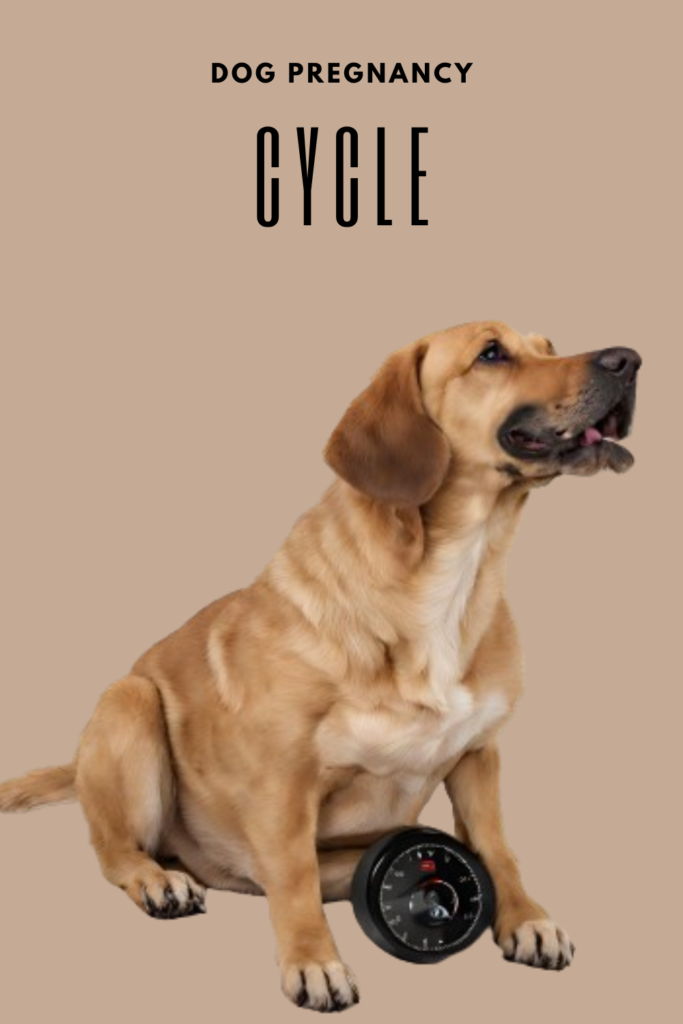Hookworms in Dogs : All You Need To Know

As a responsible dog owner, you prioritize the well-being of your furry companion. But have you ever considered the threat of hookworm infection? These tiny parasites may be lurking in your dog’s intestines, causing harm and discomfort. Are you taking the necessary steps to protect your pup from this common and preventable ailment?

A close-up view of the internal organs of a dog, with hookworms attached to the intestinal wall. The hookworms should be shown in various stages of development, from eggs to adults, and should be portrayed as looking parasitic and harmful to the dog’s health.
Key Takeaways:
- Hookworm infection is a common ailment in dogs.
- Prevention is key in safeguarding your dog’s health.
- Regular veterinary check-ups and proper sanitation practices are crucial in minimizing the risk of hookworm infestation.
- Internal medicine plays a critical role in treating hookworms in dogs.
- Understanding the lifecycle and the potential risks associated with hookworms is essential for effective prevention and management.
Understanding Hookworms in Dogs
Hookworms are a common internal parasite that can affect dogs, causing a range of health issues. In this section, we will provide a comprehensive understanding of hookworms, including their lifecycle, symptoms, diagnosis, and treatment. By gaining knowledge about these parasites, you can better protect your furry friend and ensure their well-being.
The Hookworm Lifecycle
Hookworms have a complex lifecycle that involves multiple stages. It begins with adult hookworms residing in the small intestine of an infected dog. These adult worms produce eggs that are then passed through the dog’s feces, contaminating the environment.
The eggs hatch into larvae, which can survive in the soil for several weeks. These hookworm larvae have the ability to penetrate the skin of dogs, leading to a condition known as cutaneous larva migrans. Once inside the dog’s body, the larvae travel to various organs, including the lungs, before eventually reaching the small intestine, where they mature into adult hookworms.
Signs and Diagnosis of Hookworm Infection
A hookworm infection in dogs can cause a range of symptoms, including diarrhea, weight loss, pale gums, and general weakness. In severe cases, dogs may develop anemia due to the blood loss caused by the hookworms feeding on their intestinal lining.
Diagnosing hookworms in dogs typically involves a fecal flotation test, where a veterinarian examines a sample of the dog’s feces under a microscope for the presence of hookworm eggs. It’s important to note that adult hookworms may not always produce eggs, making diagnosis challenging in some cases.
Treatment and Prevention
When it comes to hookworm infestation, effective treatment involves internal medicine that targets and eliminates the adult hookworms. Veterinarians typically prescribe medications specifically designed to combat hookworms.
To prevent hookworm disease in dogs, it is crucial to implement preventive measures. This includes regular deworming, proper sanitation practices to remove and dispose of dog waste, and keeping dogs away from contaminated environments.
Remember, hookworms can be a serious threat to your dog’s health and well-being. By understanding their lifecycle, recognizing the signs of infection, and taking proactive measures to prevent infestation, you can help safeguard your furry companion against hookworms and ensure a happy and healthy life.

A microscopic view of hookworm larvae burrowing through a dog’s skin. The larvae should be shown in varying shades of red and brown, surrounded by the dog’s skin cells in shades of pink and yellow. The dog’s fur or hair should be partially visible, but not the focus of the image. The background should be a muted blue-gray color to emphasize the contrast between the larvae and the dog’s skin.
| Key Topics | Details |
|---|---|
| Hookworm Lifecycle | Adult hookworms in the small intestine, eggs in feces, larvae in soil and skin, migration to organs |
| Signs and Diagnosis | Diarrhea, weight loss, pale gums, anemia, fecal flotation test |
| Treatment and Prevention | Internal medicine, regular deworming, proper sanitation practices |
Pet Care Strategies for Hookworm Prevention
When it comes to protecting your beloved pet from hookworms, investing in pet insurance coverage is crucial. Pet insurance ensures that you have the financial means to prevent and treat hookworm infections in your dog. From routine check-ups to emergency care, having pet insurance provides peace of mind and allows you to prioritize your dog’s health.
For young puppies, proper sanitation practices are vital in preventing hookworm infestations. Regularly cleaning up dog waste from your yard and disposing of it properly helps minimize the risk of contamination. It is also essential to keep your dog’s living area clean and dry, as damp environments provide a conducive breeding ground for hookworm eggs and larvae.
Regular veterinary check-ups are essential for monitoring your dog’s overall health and detecting any signs of hookworm infection. Your veterinarian can perform fecal flotation tests to identify the presence of hookworm larvae or eggs. Early detection is key to effective treatment and preventing the spread of infection.
In addition to the common hookworm species, such as ancylostoma braziliense and u stenocephala, it’s important to be aware of the potential risks associated with these parasites to human health. Certain infections, like cutaneous larva migrans, can occur when human skin comes into contact with contaminated feces or soil where hookworms are found. Taking preventive measures, such as wearing shoes and gloves when gardening or walking in areas frequented by dogs, can help reduce the risk of infection.







